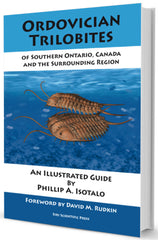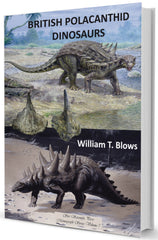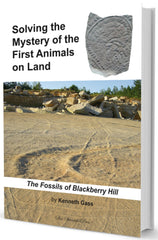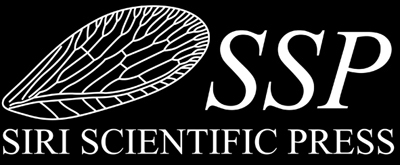Congratulations to PalAss 2016 Prize Winner Joe Moysiuk
Posted by David Penney on

We would like to take this opportunity to congratulate Joe Moysiuk from the University of Toronto, Canada, who won a Siri Scientific Press book token as first prize in the Best Poster Competition at the recent Palaeontological Association Annual Meeting held in France.
The title and abstract of Joe's contribution was:
Hyoliths are Palaeozoic lophophorates
*Joseph Moysiuk(1), Martin R. Smith(2) and Jean-Bernard Caron(1,3)
1) University of Toronto, Canada
2) Durham University, UK
3) Royal Ontario Museum, Canada
Hyoliths – orthothecids and hyolithids – are abundant and globally distributed Palaeozoic ‘shelly’ fossils. The phylogenetic position of this group has remained unresolved, largely because of the idiosyncratic hyolith scleritome (operculum, conical shell, and paired ‘helens’ in hyolithids) and poorly understood soft anatomy. Since they were first described over 175 years ago, hyoliths have most often been regarded as incertae sedis, allied with molluscs or assigned their own phylum. Here we reinterpret hyoliths based mostly on abundant new specimens of the hyolithid Haplophrentis from the Burgess Shale (Stanley Glacier and Marble Canyon) showing exceptionally preserved soft tissues. Soft tissue characters include an extendable, gullwing-shaped, tentacle-bearing organ surrounding a central mouth, which we interpret as a lophophore, and a U-shaped digestive tract that ends in a dorsolateral anus. In combination with opposing bilateral sclerites and a ventrally elongated visceral cavity, these features indicate an affinity with the lophophorates (brachiopods, phoronids and tommotiids), substantially increasing the early disparity of this prominent group. We interpret Haplophrentis as a semi-sessile epibenthic suspension feeder that used its ‘helens’ to elevate its tubular body above the sea floor. This study reconfirms the importance of Burgess Shale-type deposits in illuminating the evolutionary history of long-problematic taxa known only from skeletal remains.
More coverage of Joe's significant research can be seen on the UoT website by clicking here.
As always, Siri Scientific Press is happy to support such meetings and help to encourage the next generation of academic palaeontologists. Joe's book of choice is currently winging its way overseas to him in Canada. For our full range of palaeontology titles click here to visit our collection and take a look. Here are some examples of our recent and forthcoming palaeo titles:







Share this post
- 0 comment
- Tags: Conference, News, Prize winners
0 comment
